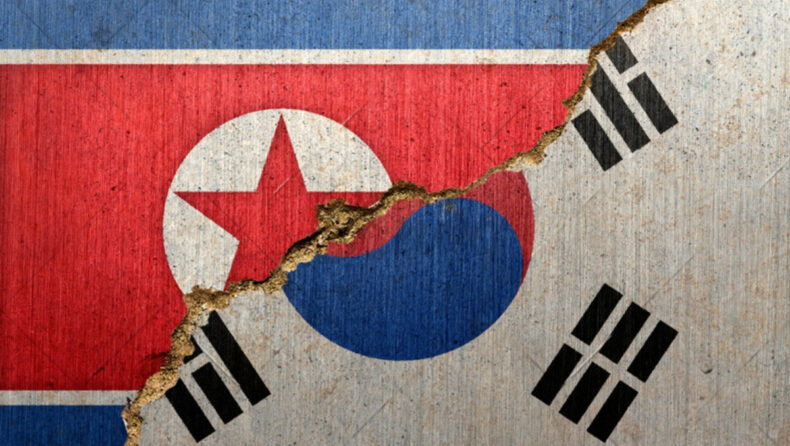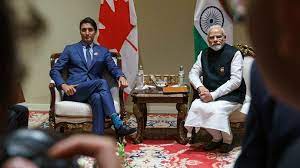In the face of escalating tensions with North Korea, South Korea is gearing up to conduct its first nationwide civil defence drill in six years. This drill, scheduled for August 23 at 2 p.m., aims to prepare most of the country’s 51 million residents to effectively evacuate to shelters or underground safe spaces within a 20-minute timeframe.
As the threat of North Korean provocations looms large, this exercise serves as a critical test of South Korea’s emergency response capabilities and a demonstration of the nation’s resolve to safeguard its population.
Table of Contents
A Practical Response to North Korean Provocations
The impending civil defence drill has garnered significant attention due to the current spike in tensions with North Korea. Prime Minister Han Duck-soo emphasised that the exercise is designed to bolster the nation’s response capacity by simulating scenarios reflective of potential North Korean provocations. The 20-minute duration of the drill aligns with the time constraints citizens might face in the event of a missile threat, cyber attack, or other emergency situations.

The South Korean government’s decision to conduct this comprehensive drill stems from the need to ensure preparedness for various types of threats, including advanced nuclear missile capabilities, cyber warfare, and the potential use of drones for terror activities. The drill is set to encompass multiple aspects of crisis response, offering citizens an opportunity to practise their roles and responsibilities in different emergency scenarios.
Strengthening Civic Participation and Resilience
Historically, some South Koreans have grown accustomed to living with the constant backdrop of tensions with North Korea. However, Prime Minister Han has urged citizens to take the upcoming drill seriously, in a departure from past attitudes. With the capital city of Seoul situated a mere 30 miles south of the heavily fortified demilitarised zone, the urgency of efficient response and evacuation cannot be understated.
The prime minister’s call for active participation underscores the government’s commitment to fostering a sense of responsibility and ownership among citizens. In the event of an actual emergency, a collective and well-coordinated response will be essential to minimise casualties and ensure the safety of the population.
Nationwide Network of Shelters and Preparedness
To facilitate the smooth execution of the drill, the South Korean Interior Ministry has identified 17,000 shelters that will be open nationwide. These shelters are accessible through popular Korean apps, allowing citizens to locate the nearest safe spaces easily. Additionally, efforts have been made to minimise disruptions to vital services such as hospitals, transportation networks, and commercial sea traffic. This ensures that the exercise does not compromise the country’s overall functionality while still focusing on emergency preparedness.
Unique Context of Current Tensions
The timing of this civil defence drill holds particular significance due to the heightened tensions with North Korea. Recent events, including the launch of an intercontinental ballistic missile (ICBM) with an unprecedented flight time and North Korean threats following the presence of a US Navy nuclear-capable ballistic missile submarine in South Korean waters, have raised concerns about the security situation on the Korean Peninsula.
The Hwasong-18 missile launch marked a significant advancement in North Korea’s missile program and underscored the gravity of the current military security landscape. North Korean state media acknowledged the missile launch as occurring during a “grave period” of nuclear crisis, indicating the urgent need for South Korea to enhance its preparedness.
International and Diplomatic Dimensions
The civil defence drill coincides with large-scale military exercises conducted jointly by the United States and South Korea. These exercises have previously drawn sharp criticism from North Korea. Moreover, the drill aligns with South Korean President Yoon Suk Yeol’s upcoming trip to the United States for a trilateral meeting with President Joe Biden and Japanese Prime Minister Fumio Kishida. The agenda of the meeting, as stated by the White House, includes addressing the continued threat posed by North Korea.
As tensions remain high and the security landscape evolves rapidly, South Korea’s decision to hold this civil defence drill underscores the nation’s commitment to safeguarding its citizens and maintaining a state of readiness.
By testing its response capacity and involving citizens actively, South Korea aims to minimise risks and ensure a coordinated, effective response to potential threats from North Korea. The exercise serves as a testament to the nation’s resilience and determination to protect its population in the face of adversity.













